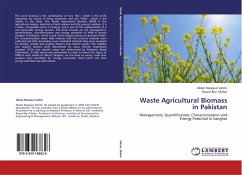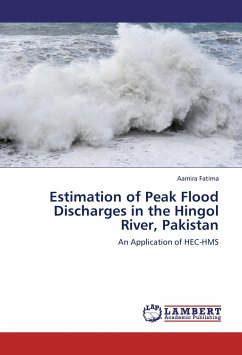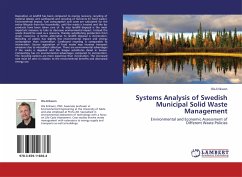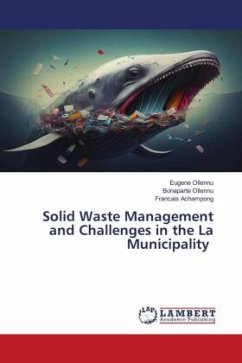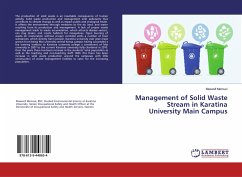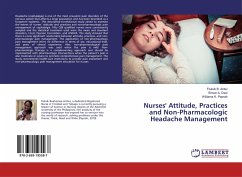The word biomass is the combination of two Bio , which is the prefix indicating the action of living organisms and the Mass , which is the matter in the body. The Waste Agricultural Biomass (WAB) is the agricultural residue, assorted as field residues and the process residues. It is a clean, renewable source of energy, and is one of the replacements of a non-renewable energy sources. This book focuses on the management, quantification, characterization and energy potential of WAB in district Sanghar of Pakistan, which is one of the largest districts of province Sindh. For characterization seven field residues and four process residues were collected and after processing as per standard methods they were analyzed for density, volatile and organic matters and calorific values. The volatiles and organic matters were determined by using Thermo Gravimetric Analyzer (TGA) and calorific value was determined by Adiabatic Bomb Calorimeter. A field survey was performed in order to know thestatus of WAB in each taulka of district Sanghar, on the basis of survey, total nine residues were identified for energy conversion stand point and their energy potential was determined.

